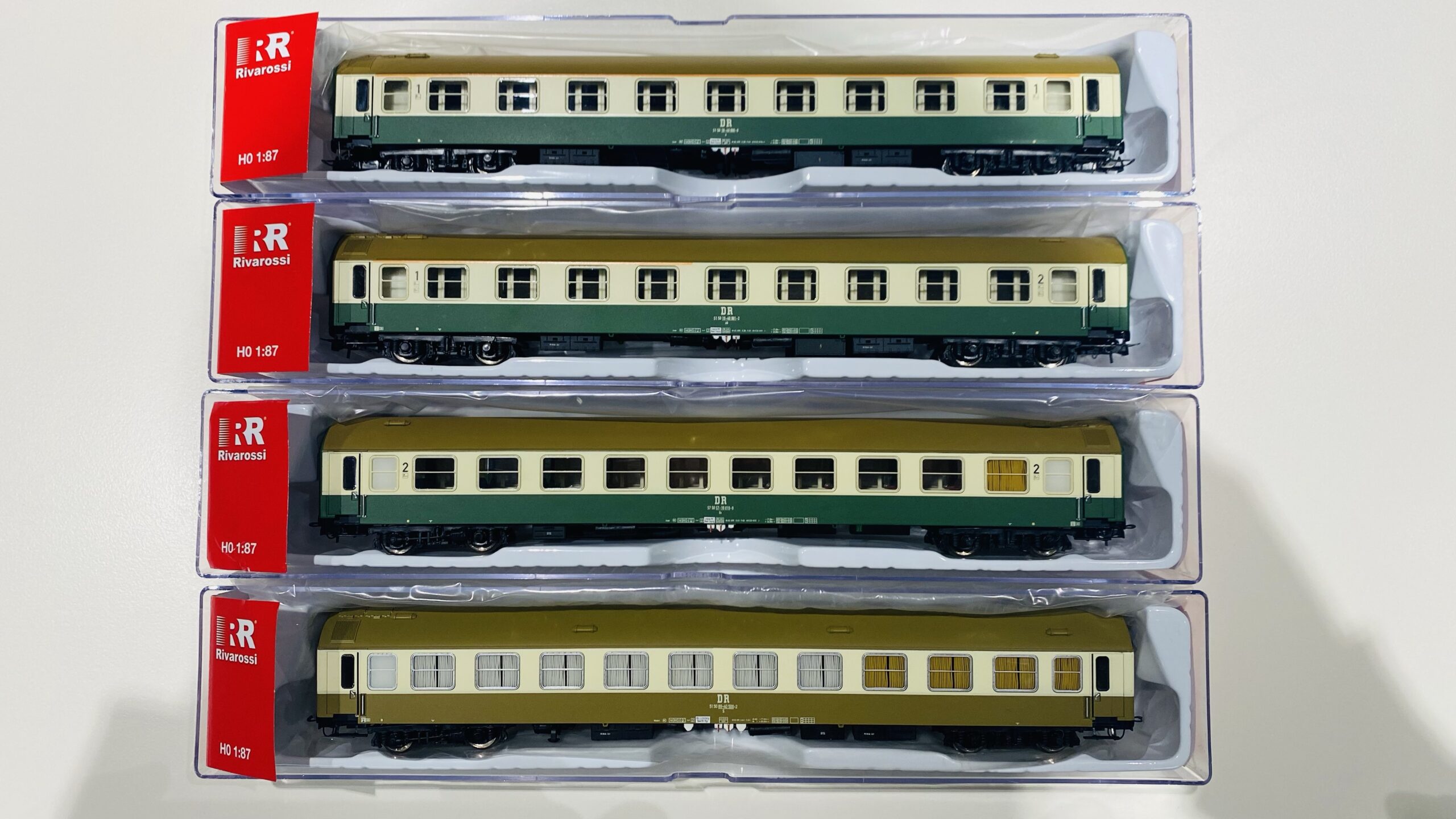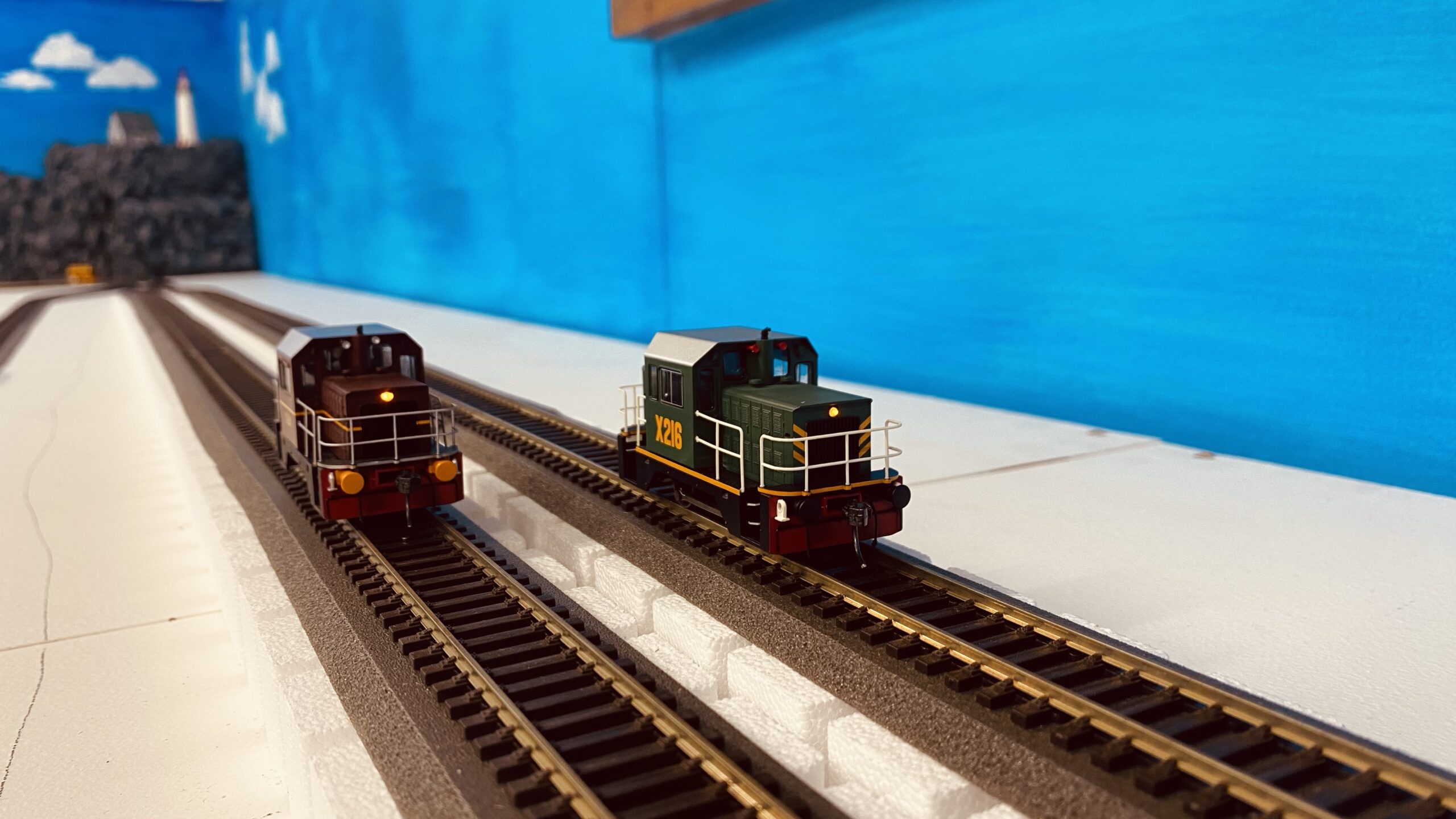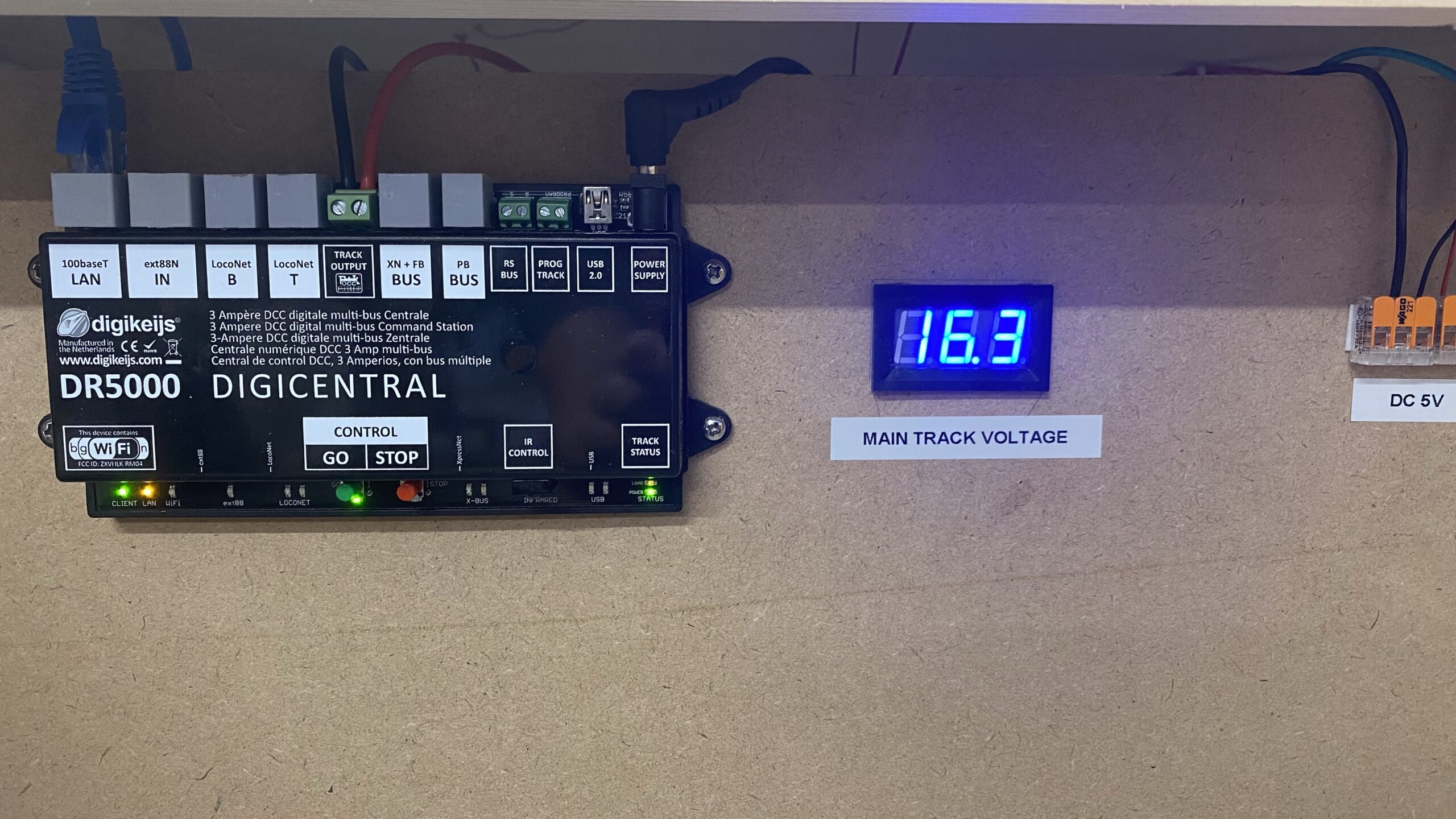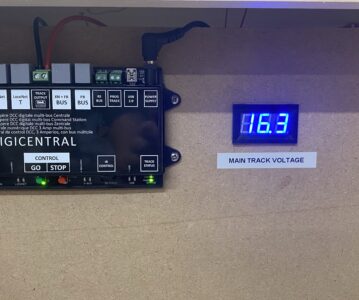Another year has gone by, and while this blog was offline for part of it, sufficient things have happened in the train room this year. The layout has made progress to the point where we can at least run trains, and there have been a fair few rolling stock additions.
Let’s start with those.
The first addition of the year (not counting the BR 220 which was a 2021 Christmas present but arrived late) was a set of four passenger carriages of the type Y/B, as operated by Deutsche Reichsbahn in the 1980s. These carriages were a perfect fit for my BR 132, and they were so cheap that I could not walk past them. The set of 3, consisting of a 1st class carriage, a mixed class carriage and a 2nd class carriage (with sleeper compartment), would have cost over $300 Australian. The extra carriage is a somewhat rare Salon car which would have been used in charter trains and other special consists, not something you would have seen regularly. I got all four carriages for $150, which was an absolute bargain considering they were basically new.

But while three is a crowd, four carriages do not make a train. Hence, more carriages needed to be acquired. This happened in the form of another set of the same brand, which arrived as a Christmas present. This set includes two more 2nd class coaches and a dining car – I just love the red Mitropa carriages.

A cool detail I noticed about the coaches is that they have smoking and non-smoking compartments, as would have been common at the time. And the seats in these compartments had different colours – reddish brown for non-smoking, dark green for smoking. This detail has been reproduced in the models.
The following video shows the BR 132 hauling all seven carriages. In normal operation, I will likely reduce this to 5, and swap carriages in and out.
Further additions have been made to the Australian fleet. For one, a second X200 has been added. The IDR X200 is a fine model of a small railway tractor as used in New South Wales in the 1960s. But due to its small size and low weight, it is very susceptible to losing power, especially on DCC. Also due to its small size, it’s not easy to add a power pack or keepalive. The process is described online, but I did not feel confident in doing it myself. However, IDR Models offer the installation of a keepalive as a reasonably priced service, so early in the year I had the first X200 upgraded this way. The result was so impressive that we wanted to get a second one – they will be used for small, fictional freight trains. With the keepalive charged, the loco will keep running for up to 10 seconds after losing power, and the light stays on for over 30 seconds.




The other new loco for this year was a bit of an impulse buy. There was appetite for something a bit different than what we already had. Also, since the X200s are nicknamed after my wife and daughter, there was cause for having a loco nicknamed after me. This loco materialised in the shape of a Victorian Railways B Class. This type was the first mainline diesel locomotive to be built for the Victorian broad gauge network. It was also the first EMD-licensed dual cab locomotive, and the design was later used in the popular European Nohab locomotives used by Scandinavian operators.
Our B Class is B65 in a promotional livery advertising Australian model train manufacturer Auscision. The real loco was given this livery in 2007 and wears it to this day, although it has been permanently withdrawn from service due to serious mechanical problems. Below are a few detail pictures, and a video demonstrating the model’s sound. At the time of shooting the video, there was a small glitch where the engine started moving while the motor was still ‘spooling up’. In the meantime I have updated the decoder’s software, and since then the model is behaving correctly.






The final addition for the year was another somewhat exotic selection. In the mid 1990s, a class of louvre vans was constructed specifically for the transport of bananas in New South Wales. These wagons, called NLBX, were in service with the now defunct Banana Grower’s Federation. While not a lot of information can be found online, it appears certain that they could be found in several colours, and no two vans looked completely alike, as there were differences in signage and lines. These vans were produced as H0 models by On Track Models, and I managed to rustle up two of the last sets still available in the wild. They look great, and among the six wagons out of two sets, no two look alike.






The following video shows all six NLBX being hauled by B65. This is not fully prototypical, as the NLBX vans went out of service in the early 2000s. But according to the manufacturer, these vans operated in Victoria as well, so it is not out of the question that a B Class could have hauled them at some point – just not B65 in this livery. But you know what? It’s good enough for me. In this video, you can also see that some of the vans have a yellow line going all around on one side, but only at the bottom on the other side.
That’s 2022 as far as rolling stock acquisitions are concerned. But what else has happened?
Of the planned layout, the track for the base layer has been laid and wired up. This can now run trains. They’re going in a loop, until the storage layer has been built and a traversal added. I have started operating the points with servos – this will be subject of a separate post soon. The programming box has been upgraded to a point where it’s really usable.
Lastly, there were two mini projects I completed last year on the spur of a moment – mini, because neither took very long. One was the addition of a collapsible shelf to the end of the middle section. This shelf is used as a space to put the laptop which is used to operate the train control software. It can also serve as a small workspace for impromptu work. For this purpose, a set of locking hinges was used. Pictures are below.



The second project – the addition of a track voltage meter to the control panel – can be seen in the image at the top.
As always, there’s more to come. Watch this space.

